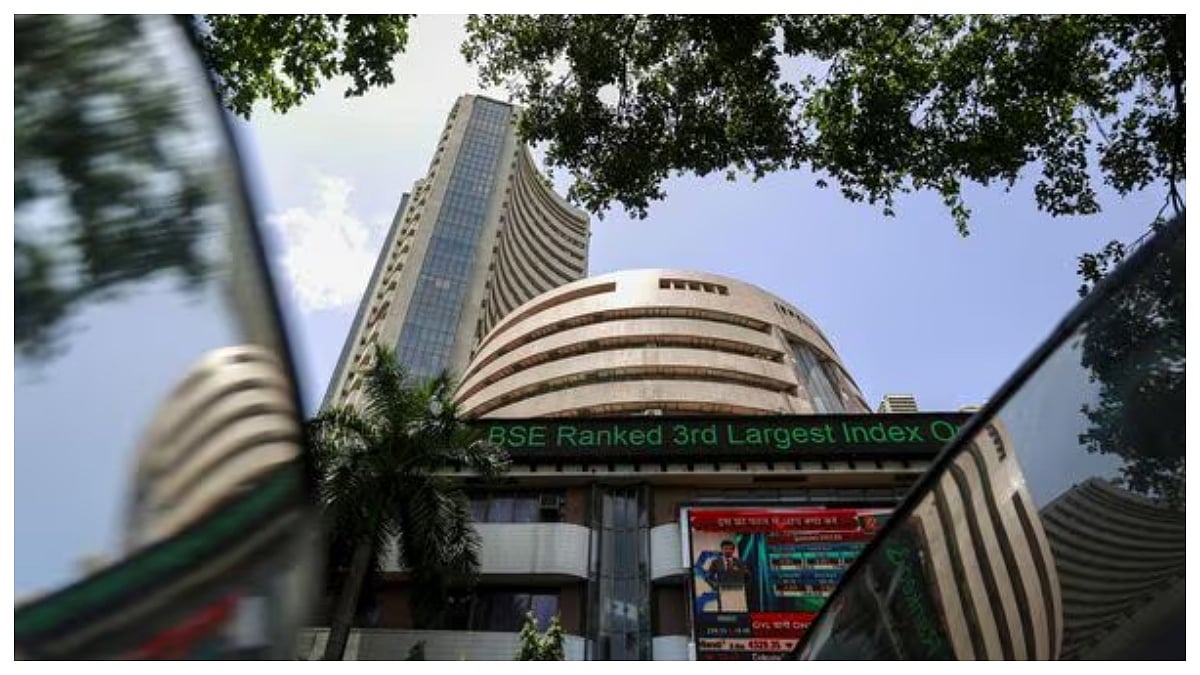New Delhi: The Economic Survey points out the need of 55-60 lakh jobs annually over the next decade while busting the myth followed in the last seven decades that the promotion of the MSMEs (micro, small and medium enterprises) will lead to greater job creation and productivity in the economy.
It recommends following the recent initiative of the Rajasthan government in deregulating labour law restrictions, saying it can create significantly more jobs.
It notes how the present labour laws create perverse incentives to firms to remain small, complementing other benefits provided to small firms to remain small and not grow beyond the thresholds to lose these incentives.In a chapter on "Nourishing Dwarfs to become Giants," the survey calls for reorienting the policies concerning the MSMEs.
Those in the MSMEs deliberately refuse to grow lest they lose the incentives available in their category, the survey noted and recommended that "all size-based incentives must have a sunset clause of less than 10 years with necessary." It says that every incentive should be for five to seven years after which the firm should be able to sustain itself. The policy focus would thus remain on incentive firms.
"The perception of small firms being significant job creators pervades because job destruction by them is ignored in this calculus: small firms find it difficult to sustain the jobs they create. In contrast, large firms create permanent jobs in large numbers," the survey said.
It said the proportion of the small firms in organised manufacturing is 85%, as against only 15% large firms, but the small firms provide employment to only 23%, as against the large firms accounting for over 77% of the total employment.
Dispelling the common notion that small firms generate the most employment, the survey says they may generate a higher number of new jobs but they destroy as many jobs as well, leading to lower levels of net job creation.
The survey pointed out that rather than a firm growing beyond the threshold of the incentives, entrepreneurs today find it optimal to start a new firm to continue availing of these benefits. As economies of scale stem primarily from firm size, these firms are unable to enjoy such benefit and therefore remain unproductivity, inhibiting the ability of the dwarfs to create jobs.
Citing the labour reforms effected in Rajasthan in 2014-15, the survey pointed out that the number of firms with 100 employees or more increased at a significantly higher rate in the state than in the rest of India. Recommending incentivizing of "infant" firms rather than "small" firms, the survey calls for shifting away the existing incentives from dwarfs to infants since the incentives to firms irrespective of their age create "perverse" need of the firms to stay small. It says such perverse need would not be there if age is the criterion. It says misuse of the age-based criterion can be easily avoided using Aadhaar to nab the promoter who starts a new firm to keep utilising the benefits for ever.
"When one closes a firm to start a new one to avail of the age-based benefits through the new firm, then the Aadhaar of the promoter can alert authorities about this misuse....Once small firms know that they would receive no benefit from continuing to remain small despite aging, their natural incentives to grow would get activated. This will generate economic growth and employment."
The survey also lays stress on focus on the high employment elastic sectors and lists in this regard the manufacture of rubber and plastic products, electronic and optical products, transport equipment, machinery, basic metals and fabricated metal products, chemicals and chemical products, textiles and leather and leather products.
It adds that developing key tourist centres will also have ripple effect on job creation in areas such as tour and safari guides, hotels, catering and housekeeping staff, shops at tourist spots, etc. It recommends identifying 10 tourism spots in each of the larger 20 states and five spots in the nine smaller states and building road and air connectivity in these tourist attractions, which would boost economic activity along the entire route and reduce the migration of the rural labour force.









